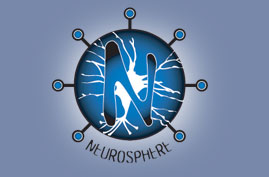New Networks
Network Infrastructure for the Neurosphere
Municipal wi-fi networks seem to have run into a snag as many were based on public-private partnerships that would have made them essentially low or no cost to the taxpayers. Many of the business plans aren’t working out. But there is still work going on in bottom up, organic networks with individuals contributing their bandwidth.
“The citizens of Kuuskaista have formed a co-operative to develop and own an open public local access network to serve the community and I believe this shared ownership model could be adopted more widely. – Tuija Riukulehto : CEO of Network Co-Operative, Kuuskaista, Finland”
http://www.oplan.org/
And bigger scale public-private partnerships. Hmm.
“BT has teamed up with Spanish technology company Fon, backed by Google, to try to persuade its more than 3 million British internet users to open up part of their home wireless broadband networks so that other people can use them.”
http://www.guardian.co.uk/technology/2007/oct/05/internet
http://www.fon.com/en/info/whatsFon
